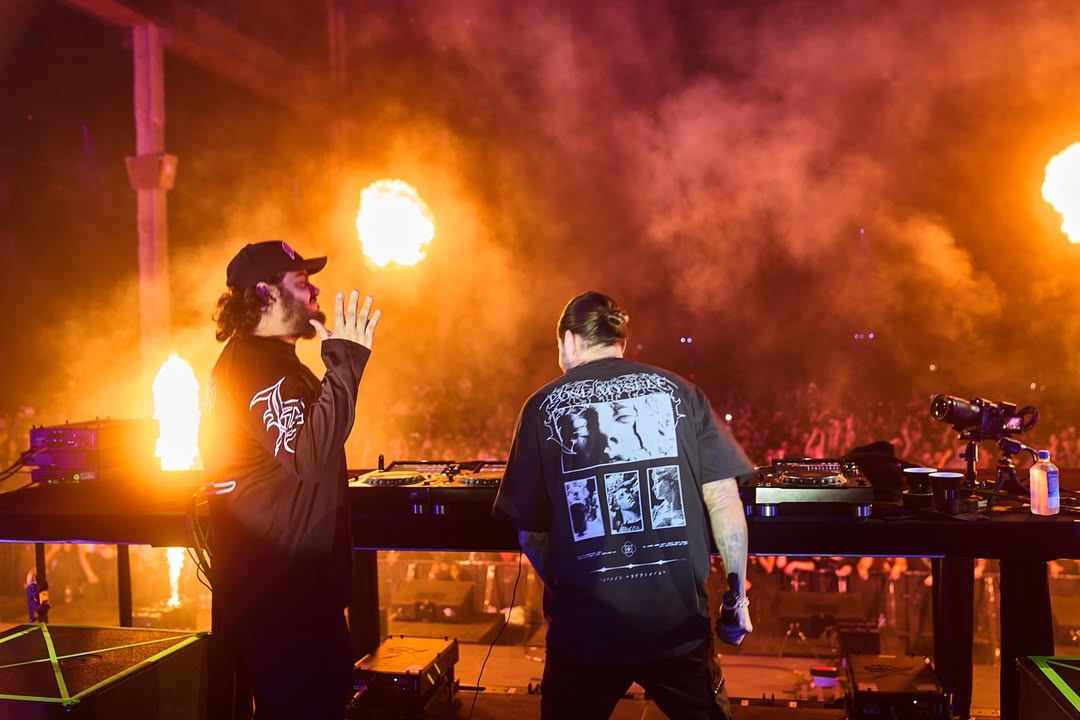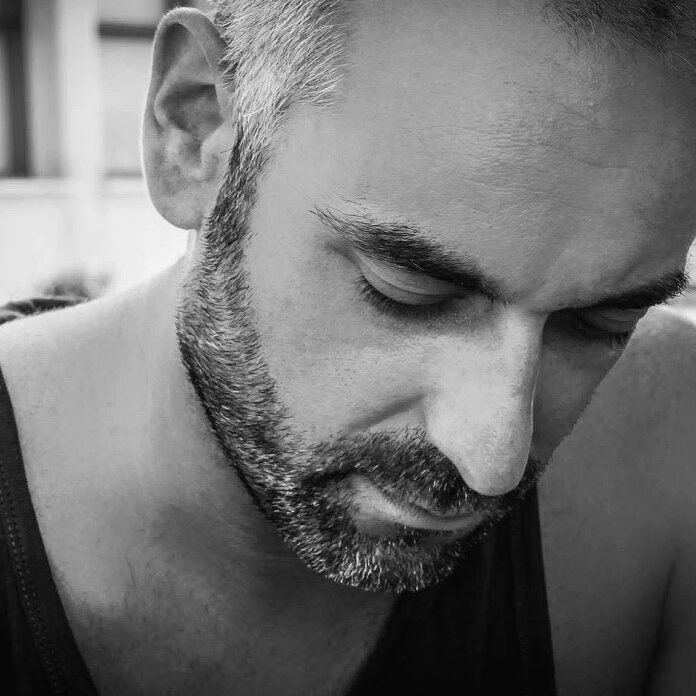Anime loves its tropes. From beach episodes to training montages, there are a handful of tried and true tropes that keep audiences coming back for more. One specific trope has withstood the test of time and appeared over and over again in top franchises: the half-other. The term "half-other" refers to a character who is not entirely human and takes part of their identity from a demon, monster or other non-human creature.
Popular half-others are the half-demon Inuyasha and the half-ghoul Kaneki Ken from Tokyo Ghoul. Despised by both humans and demons alike, Inuyasha lives between two worlds, bitter and distrusting. Turned in his adult life through an organ transplant, Kaneki struggles with his monstrous identity and what it means for his and his friends' futures. Although more than a decade separates these two anime, both maintain strong fanbases who are fascinated by the trials and developments these protagonists are forced to undergo because of their inescapable identities. Even though they may be considered monsters, they hold onto their humanity as tightly as they can, endearing themselves to fans.
Along the same lines exists the protagonist burdened with an inner monster; a group that includes Naruto Uzumaki, Denji from Chainsaw Man and Yuji Itadori from Jujutsu Kaisen. Shinichi Izumi from Parasyte also belongs to this category even though Migi is an alien, not a demon. Each of these protagonists has a separate entity that lives within them. One thing these four have in common, however, is that they are just young men. Naruto desires friendship just as much as any boy, and Denji has simple, boyish hopes and dreams. Itadori and Shinichi are both high school boys who merge with their non-human counterparts, although any real similarities between Jujutsu Kaisen's evil Sukuna and Parasyte's logical Migi end there.
A trickier category of half-other characters includes Ichigo Kurosaki from Bleach and Eren Yeager from Attack on Titan. While Ichigo's Hollow form and Eren's Titan were technically awakened by external forces, they are not separate from the boys. What's interesting about Ichigo and Eren is that they effectively become the enemy when they transform.
In the beginning of Bleach, Hollows are the main antagonists -- terrifying demonic creatures that must be eliminated. Similarly, in the beginning of Attack on Titan, Eren is determined to kill Titans, as they are the threat that constantly wreaks havoc on his home. Their transformations complicate their stories, turning them into the 'other' and throwing their original humanity into question. However, instead of alienating fans, these transformations raise the stakes and fascinate audiences, drawing them further into the story.
While these categories are not entirely clear-cut and there is a considerable amount of overlap, all of these protagonists represent a particular existence defined by not being fully human, which adds to their commercial appeal. They are relatable because of their humanity, but their inhuman power inspires and amazes audiences. These characters are strong enough to put up a fight and reach their goals, but they occasionally fail and sometimes even have to face the same struggles that real people do.
Superpowers only do so much for a character's development; they do not necessarily define a character, as they are more of an addition to their profile. On the other hand, the half-other character's entire identity is defined by their half-human, half-other existence; a fact that enriches the surrounding story.
It's clear that the half-other character trope isn't going anywhere any time soon. While it has proven itself to be timeless -- creating rich, beloved characters that drive shows to the top -- it will be nice to see what new twists that anime and manga can apply to the trope going forward.
About The Author

